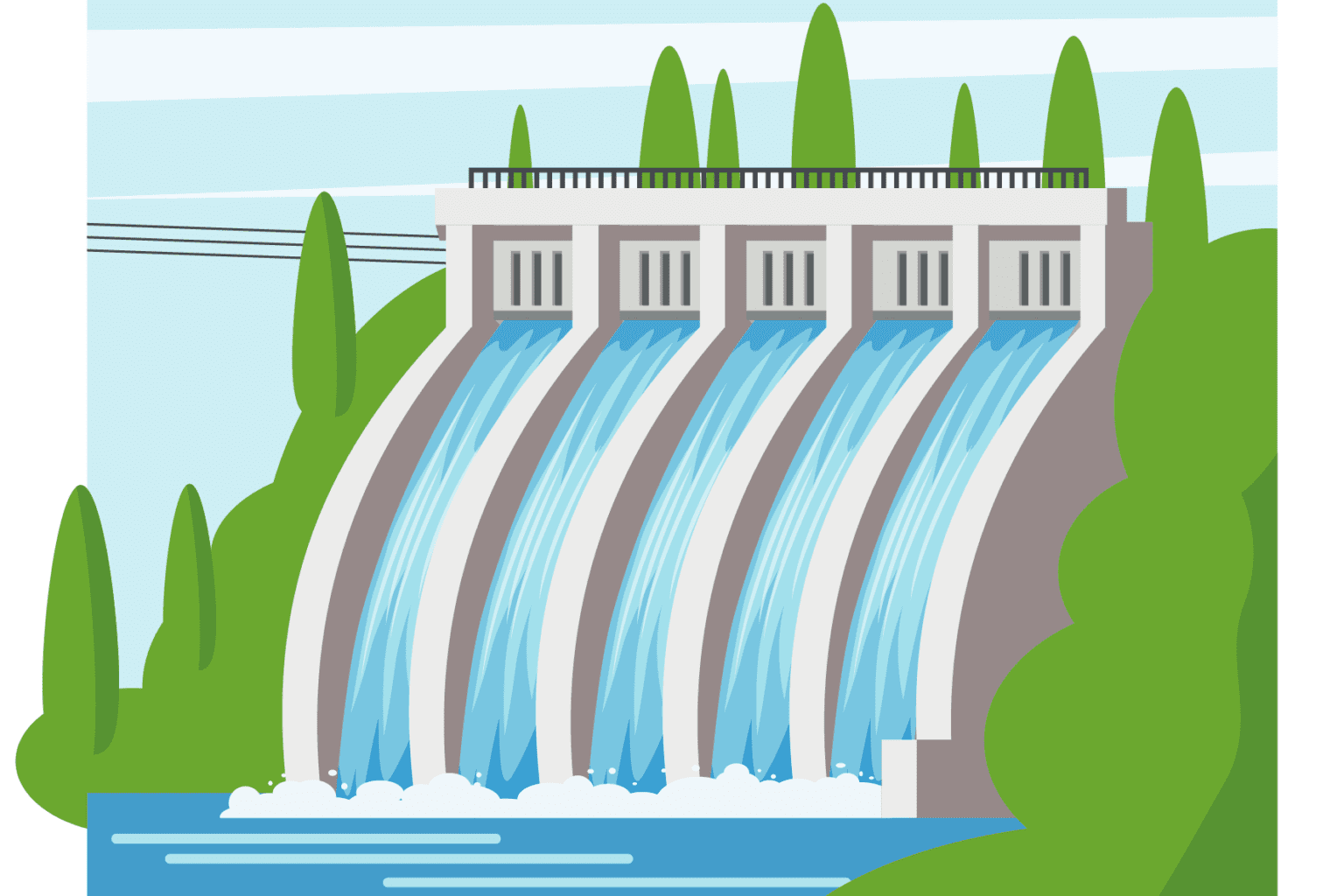Knowledge Centre
Waterpower, also referred to as hydroelectricity, is a form of renewable energy that uses the power of moving water to generate electricity. Ontario has an extensive network of rivers and lakes, making it a prime location for hydropower generation. In fact, waterpower is the leading source of renewable energy in Ontario.
Ontario’s Waterpower Facilities
Up until the late 1950s, all of Ontario’s energy needs were met by hydroelectric generation. Today, Ontario is home to 224 waterpower facilities located throughout the province, many of which have been in operation for over 100 years. Waterpower generation accounts for 24% of the province’s energy supply and 76% of its renewable energy supply.
Ontario’s Energy System
As early as 2029, Ontario will be facing a capacity and energy shortage. New and expanded waterpower can be built in Ontario in the near term to help meet this shortfall. In July of 2023, the Honourable Todd Smith, Minister of Energy, announced the release of “Powering Ontario’s Growth” – the province’s plan to meet the increasing demand for electricity. The report recognizes the government’s commitment to waterpower generation and the role it will play in ensuring a clean, reliable, and affordable electricity system.
Waterpower’s Potential
Currently, there is 9,000 MW of existing waterpower in the province. The IESO’s Pathways to Decarbonization Report and Ontario Power Generation’s Made-in-Ontario Northern Hydroelectric Opportunities Report have identified 3,000-4,000 MW of untapped waterpower at existing infrastructure, through the expansion of pumped storage and new greenfield development.
Waterpower’s Economic Impact
According to a recent analysis, conducted by the OWA, with improved long-term investment confidence, the industry could be expected to invest more than $2.4 Billion in existing Ontario waterpower assets over the near term, supporting almost five thousand jobs annually. Unique to waterpower, seventy-five percent (75%) of investment in new projects stays in Ontario and ninety percent (90%) of sustaining investment is made within the province.
Support for Waterpower
Waterpower projects have lasting economic and social benefits for Indigenous communities and municipalities and enable other significant regional economic benefits. The OWA commissioned public opinion polling which was conducted by Innovative Research. Regardless of geographical region or political affiliation, the results show that across the province Ontarians strongly support waterpower and that waterpower remains the most popular form of energy generation in Ontario with 90% saying they support it.

Class Environmental Assessment for Waterpower
The OWA is the proponent for the Class Environmental Assessment (Class EA) for Waterpower Projects. OWA has the lead responsibility for remaining current with best practices and information of direct relevance to waterpower projects in Ontario and providing that information to project proponents. It also requires that the OWA continue to foster and maintain positive and productive relationships with those with an interest in waterpower. The Class Environmental Assessment for Waterpower sets out a planning process for small to medium scale waterpower projects, such as new facilities less than 200 megawatts in capacity and most expansion projects, as per Ontario Regulation 116/01—Electricity Projects, 2001. New facilities 200 megawatts or larger must undergo an individual environmental assessment. Find Class EA notices here…
How it Works?
Waterpower
To convert the potential energy of water to electricity, waterpower facilities use a natural drop in elevation. The amount of electricity generated depends on the vertical distance of the waterfall and the volume of water. Water from the river or reservoir behind the dam flows in through an opening called the intake. From the intake, water flows under pressure through a pipe called the penstock. A turbine is located at the end of the penstock. The force of the water turns the blades of the turbine which then turns the shaft inside the turbine. The shaft inside the turbine is connected to a generator, which generates electricity. Once the water passes the turbine it flows through a draft tube out of the station and back into the river.
Pumped Storage
Pumped storage is a type of hydroelectric power system that uses two reservoirs at different heights to store and generate electricity. During times of low demand, surplus electricity is used to pump water from a lower reservoir to a higher one. When electricity demand is high, the stored water is released from the upper reservoir to the lower one, passing through turbines that generate electricity. This system helps balance the grid, store excess energy, and provide quick power during peak periods.
